Today is a big day for the flight dynamics experts who determine and predict trajectories, prepare orbit manoeuvres and determine satellite attitudes.
At around 19:58 CET this evening, five of Gaia’s eight thrusters will be commanded to fire an automated burn lasting almost two hours. It’s a critical manoeuvre meant to bring Gaia onto its planned operational orbit about the L2 Lagrange point (a second, smaller, burn on 14 January will complete the process).
The event may appear straightforward, but it marks the culmination of years of careful mission analysis work supported by orbital calculations.
The ease of getting into the proper orbit – denoted by a mere two lines in the mission operations timeline (Thrusters ON, followed by Thrusters OFF) – belies the complexity of what is to be achieved.
Calculating minds
How do you calculate the precise push needed to divert the 2013-kg satellite off of its current transfer trajectory – set up by the flawless Soyuz launch on 19 December – and onto an orbital path known as a Lissajous orbit?
Animation showing Gaia launch and journey to its operating orbit
In which direction should that push work? Towards the Earth or Sun? Away from both of them? In some other direction? And how strongly? And for how long? And how do you orbit a ‘virtual point’ in space, anyway?
It’s not like there’s anything with mass at the L2 Lagrange point pulling Gaia towards it. It’s just a point, 1.5 million km from the Earth opposite the Sun, where the gravity of these two bodies add to balance the centrifugal force acting on a satellite orbiting the Sun at the same period as the Earth.
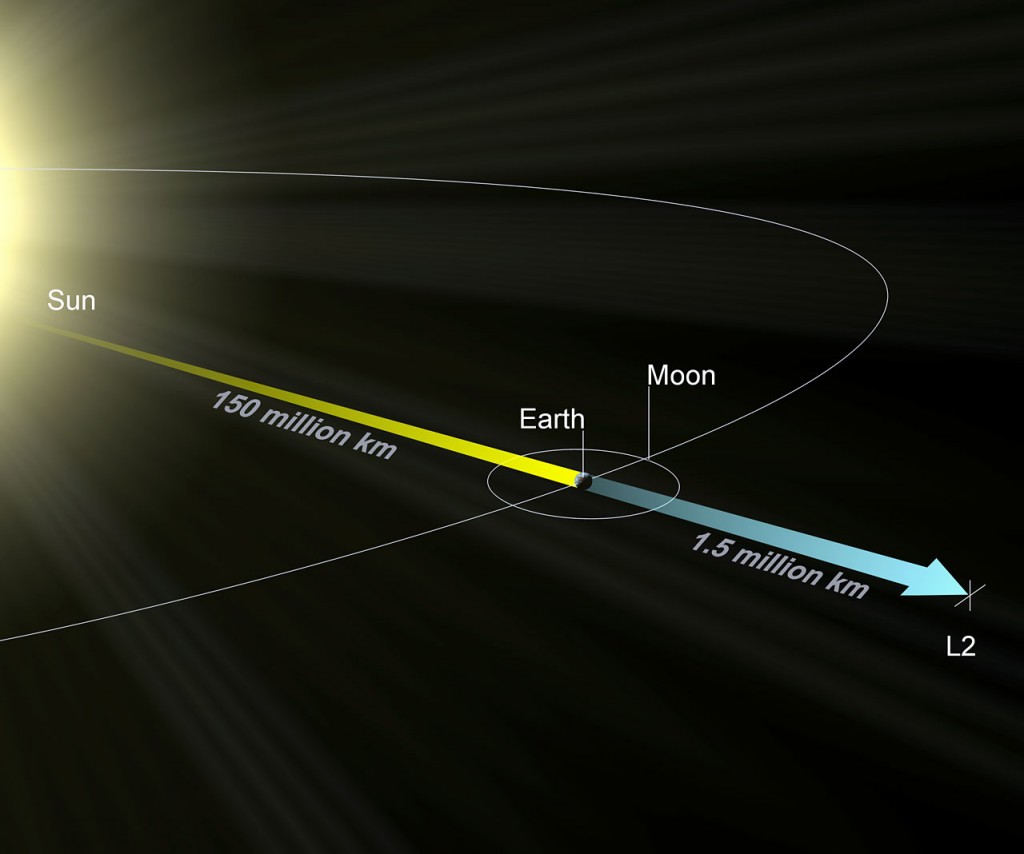
Orbits of satellites like Gaia or the James Webb Space Telescope at the L2 Lagrange point. Credit: ESA
“In terms of the math, we’re pushing Gaia onto what’s known as a ‘stable manifold’ – a pathway in space that will lead the spacecraft onto its science orbit around L2,” says Mathias Lauer, one of the flight dynamics specialists at ESOC working on the Gaia mission.
Once in place, Gaia will move in a so-called Lissajous orbit around L2, once every 180 days. The Lissajous name refers to the shape of the path traced out by the orbit as seen from Earth, which will rise then fall above and below the ecliptic plane (the plane of Earth’s orbit around the Sun) while sometimes leading and sometimes lagging the Earth.
See: What’s an ‘ell-two’ for more details
The final routine Lissajous orbit will be inside a box of 263 000 x 707 000 x 370 000 km.
“We’ll have to conduct station-keeping burns about once per month to keep Gaia in orbit, otherwise perturbations would lead it to ‘fall off’ L2,” says Lauer.
He explains that, in addition to determining the current Gaia orbit and orientation using data from ESA’s ground tracking stations and from the on-board star trackers, Flight Dynamics plan upcoming manoeuvres and trajectories using a range of software tools, developed and refined over the years in house at ESOC.
I asked Mathias how he and his colleagues do their calculations.
An important element in flight dynamics work is respecting design constraints presented by the spacecraft, its on-board technology and its scientific mission.
Staying out of the shadows
Gaia, for example, cannot be allowed to enter into eclipse (into the shadow of the Earth with respect to the Sun) since its thermal balance must be very carefully controlled. The sudden drop in temperature would cause its instruments to cease functioning.
“Thus we must always ensure that its orbits keep it out of the shadow zone, which we can do without a dedicated manoeuvre for about five years – during its nominal mission phase,” says Lauer. (To extend the mission, a manoeuvre would have to be performed to change Gaia’s trajectory to avoid an eclipse.)
Furthermore, the Earth-Gaia-Sun angle can never exceed 15 degrees (so as to maximise the data transmission capability of the on-board antenna). This means that Flight Dynamics must carefully select the amplitude (distance above and below the ecliptic plane) of the Lissajous orbit.
Flight dynamics expertise: rare in the world
“The biggest challenge with Gaia is the design of the manoeuvres,” says Lauer.
“With other missions, around Earth or Mars or even for some mission phases of Rosetta, we have essentially stable orbits and enough time to conduct the thruster burns and recover and replan if anything goes wrong. That’s not the case with Gaia. We must carefully watch it at every step of the way.”
“For Flight Dynamics, the physics of Gaia’s flight are the same as for any other mission,” he says. “But this time the calculations are specific to meet the needs of the Gaia mission.”
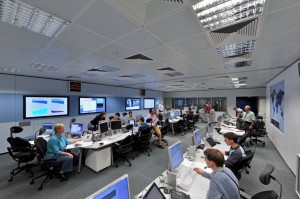
No ESA satellite reaches its destination without the ‘spacecraft navigators’ – the flight dynamics experts who predict and determine trajectories, prepare orbit manoeuvres and determine satellite attitudes and pointing. Credit: ESA/J. Mai
The team must use advanced optimisation techniques, but even this is not enough.
Even to start, the team must make very good educated guesses on certain initial conditions, consider all the constraints and then feed these into the software and see if the results make sense. They often don’t, and that’s where expertise and experience are indispensable for tweaking the assumptions and then starting again.
There’s no commercial source for this sort of software or expertise; it’s been built up over many years at ESOC and represents a capability that is rare in the world and unique in Europe.
Before tonight’s orbit insertion thruster burn, the ongoing spacecraft commissioning operations will be put on hold to minimise the chance that any system or device on board might trigger a spacecraft ‘safe mode’ – basically a blue screen and reboot.
A recovery from safe mode takes time, and the window in which to conduct the insertion burn is only about two days, so if it were to happen today (shutting down the thrusters), it could cause serious problems.
Getting into orbit around L2 requires skill and expertise, not only from the Flight Dynamics team but also from the extended ‘team of teams’ that operate Gaia, including the flight control engineers and specialists from ground systems, tracking stations and mission analysis.
The Flight Dynamics team delivered their final inputs for tonight’s burn yesterday; the flight control team configured the spacecraft for this important manoeuvre, uplinked the Flight Dynamics command programming and will now carefully monitor the burn’s progress.
Yesterday evening, engineers working on the ground control systems and 35m deep-space tracking stations checked and confirmed that everything was ready for the burn. This afternoon, teams will carefully prepare for the burn, working on console in ESOC’s Main Control Room to check spacecraft status, solar conditions and communications, among many other parameters.
At 19:20 CET, ESA’s 35m tracking station at Cebreros, Spain, will begin tracking Gaia, and a few minutes later, at 19:35 CET, the spacecraft will slew into the correct orientation for the burn. Precisely at 19:58 CET, the burn gets underway, running for 103 minutes.
We’ll update you later on the results!

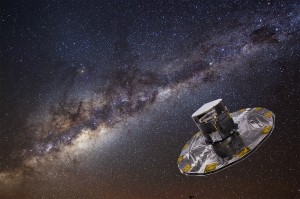
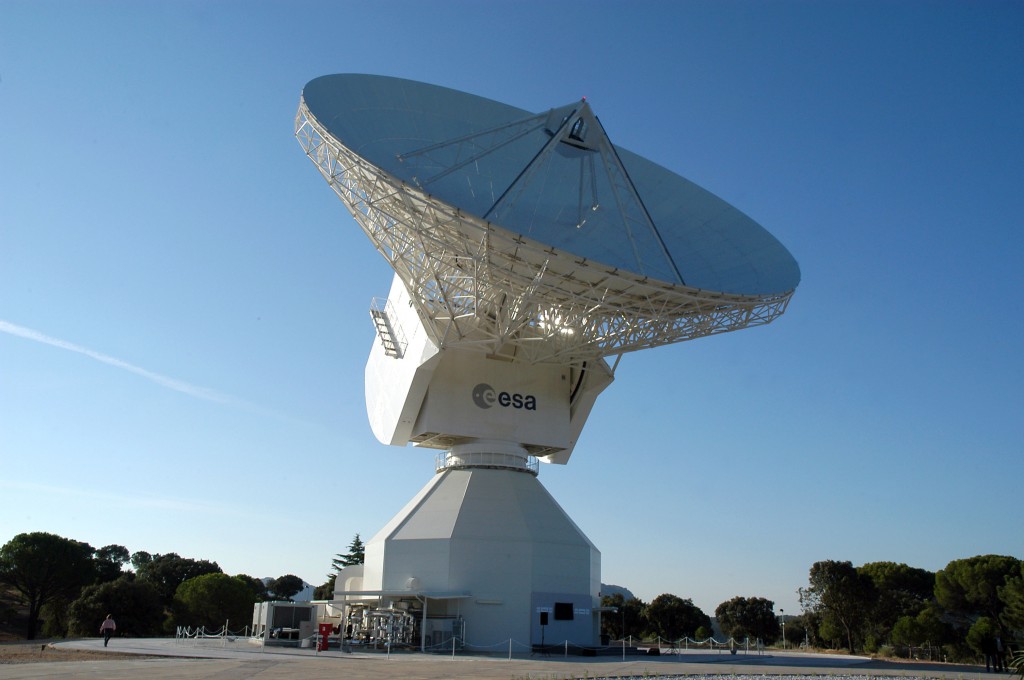
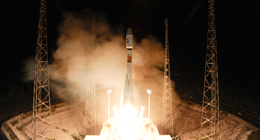
Discussion: 6 comments
Daniel,
In “The final routine Lissajous orbit will be inside a box of 263 000 x 707 000 x 370 000 km”, could you please tell us which dimension is north-south, east-west, and towards-away from the Earth? At 1.5 million km, a 15 degree angle would seem to restrict the N-S and E-W excursions to 400000 km or less, implying that the 707000 km dimension is in the radial (towards-away) direction. Most of the illustrations also show the E-W dimension being larger than the N-S dimension. Are all those assumptions correct? I’m trying to estimate how quickly GAIA will appear to move against the background stars, to estimate chances of forecasting occultations. Thanks.
Ted: Will check with the experts and get back to you. Cheers!
Does the GAIA L2 orbit have to consider the moon’s shadow as well?
Daniel: Thank you very much. I would still like to know the specifics, but as it turns out, most of GAIA’s motion against the stars will be due to it being carried along by the L2 location at a rate of about 59 arc-minutes per day. Since GAIA is 10 m in diameter and 1.5 million km distant, this implies a very short stellar occultation time, on the order of only one video frame. This, combined with GAIA’s shadow path only 10 m wide on the surface of the Earth (somewhat more at higher latitudes), would make recording a stellar occultation by GAIA very challenging. On the other hand, occultations would provide perhaps the most precise measure available of GAIA’s position, and GAIA will sweep past more stars than the Moon does. And to succeed would be an excellent expression of gratitude, since occultation astronomy will be revolutionized by the stellar astrometry and improved asteroid ephemerides thanks to GAIA. -Ted
Doug Schiffer asked about the moon shadow to be considered. I think, moon is too small to totally obscure the sun in a distance of minimal 1000000 km , as solar eclipses on earth are seldom “full” with only 400000 km distance earth-moon.
But I could imagine that our moon influences gravity on GAJA . Question: Did you consider moon’s position and gravity for GAJA’s orbit calculation?
Flo
Thanks Florian. I understand that the moon only subtends about 12 arc minutes from GAIA’s L2 vantage point, and would obscure a maximum of ~16% of the solar insolation. I was curious if GAIA’s thermal tolerances were tight enough that this would need to be avoided.